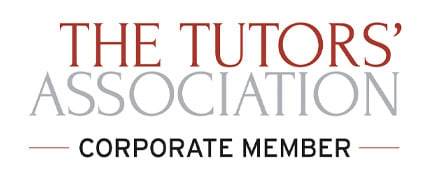There is ever-increasing pressure on our young people in modern society: social media, mobile telephones, the world wide web, friendships, peer groups, norms and expectations as well as school demands and targets.
Pressure can come in many forms and affect many areas of their lives. When pressure leads to poor choices and decisions, this can have undesirable consequences for young people who have so much to manage and juggle at a time of intense physical and emotional change.
- There are times when making a choice becomes overwhelming;
- There are times when a rash or hasty choice can have undesirable consequences;
- There are times when having a Special Educational Need means that making decisions and choices comes with its own set of challenges.
Key Questions When Making Choices and Decisions

So how do we give students with SEND an opportunity to think about making choices themselves, independently and with care?
What happens when choices are limited or in fact when there is no choice?
This is vitally important given that governments statistics show that:
“The most common type of need for those with an EHC plan is Autistic Spectrum Disorders and for those with SEN support, Speech, Language and Communication needs”.
The processes for communication and engagement with a parent, other peers, support staff and teachers have their own challenges.
What Does the Learning Science Say?

Making a choice and then deciding, whether this is in the classroom, at home, out and about in the community, or during peer play has to be carefully managed with attention to the special educational need and/or disability, safeguarding and health and safety.
The Learning Scientists, a group of cognitive psychological scientists, have conducted research looking at the most effective ways to learn, engage and teach. The proven research-led strategies are helpful in relation to the educational achievement of students with SEND. They merit examination with regard to making choices and decisions. One of the most effective strategies that can be used when working and engaging with students with SEND is that of Dual Coding.
The Learning Scientists define Dual Coding in the following way:
“The process of combining verbal materials with visual materials. There are many ways to visually represent material, such as infographics, timelines, cartoon strips, diagrams, and graphic organisers. When you have the same information in two formats – words and visuals – it gives you two ways of remembering the information later on. Combining these visuals with words is an effective way to study.” and to communicate with a student with SEND.
How to Use Dual Coding & Questioning
What we do with this method is to engage both visual and spoken language to raise levels of perception and cognition to enable a clearer choice to be made along with a consequent decision.
To demonstrate let’s look at technique now:




